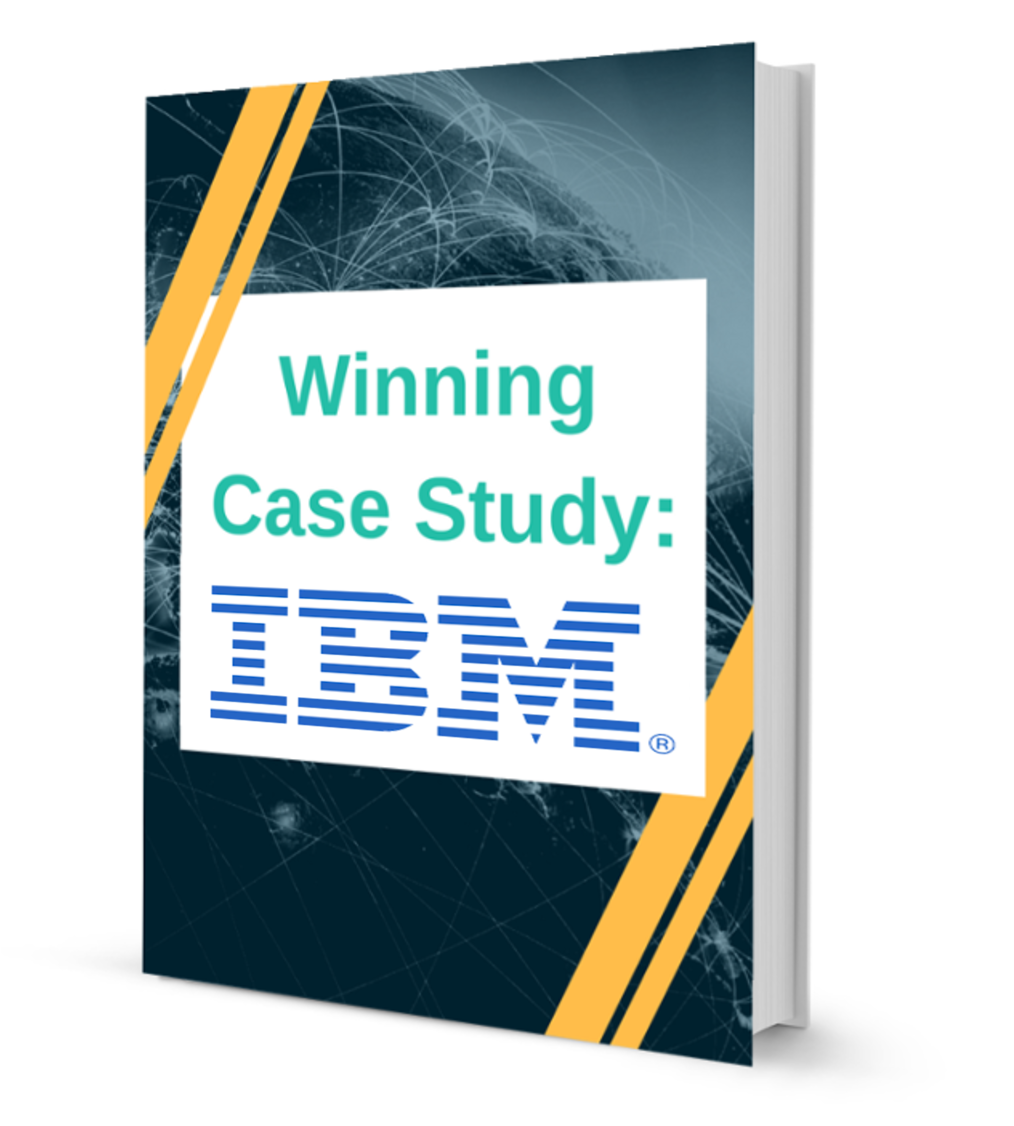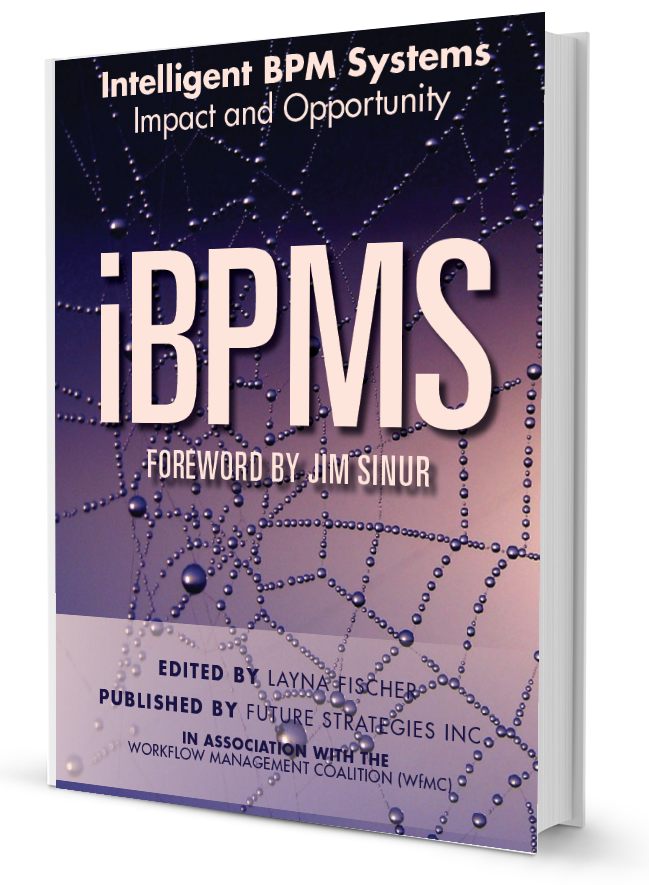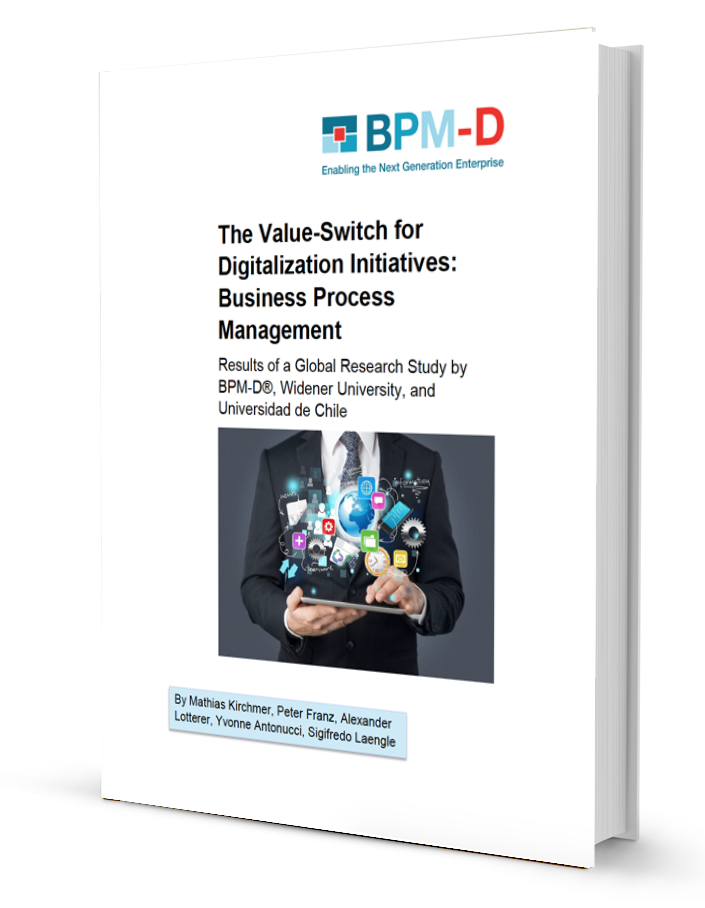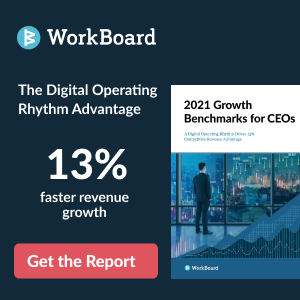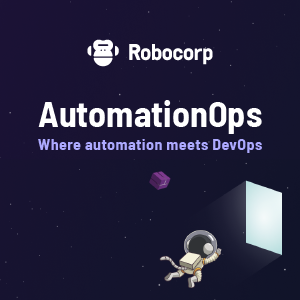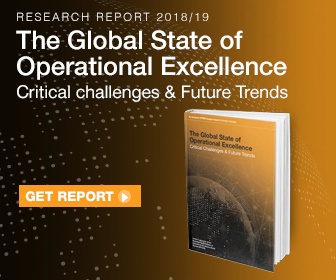
Digitalization changes dramatically the way organizations operate. New digital tools are available almost every day – and many of them have the potential of a major impact. They enable the transformation of business processes to become more efficient, agile, meet compliance requirements, enhance customer experience or improve the general quality of deliverables. They may help achieving a process performance you would never have thought of before. Robotic Process Automation (RPA) is one of those digital enablers. And it is one that has created quite a bit of interest in the past months. It could become a mainstream trend relevant for many businesses.
What is Robotic Process Automation?
RPA tools are software programs that operate on the user interface of other computer systems in the way a human would do . They basically recognize and read fields on a screen of an application software, modify the content if necessary and enter it into other fields of the same or different software. All of that happens based on predefined rules . The integration of artificial intelligence (AI) and Cognitive Automation components into the RPA tools makes them even more powerful since RPA starts handling unplanned situations and deal with unstructured data. Also, the handling of verbal information is possible using “Chatbots” in an RPA environment.
The use of RPA basically transfers the application of robots from the industrial manufacturing environment to the office and service area. Just like industry robots automate routine manufacturing and assembly steps RPA robots automate the human work with data and information.
Read more: Successful Innovation through Business Process Management
What is the typical Value of Robotic Process Automation?
In practice RPA has already shown significant, impact mainly by increasing efficiency through the reduction of workforce or better the replacement of human workforce through “digital workforce”. The check of vendor invoices, handling of routine insurance claims, or the processing of loan applications are just a few examples where RPA has been used successfully. In general non value-added working steps are automated, improving process efficiency significantly, often by 40% and more. This is combined with other benefits like the reduction or even elimination of errors entering data, enforcing of compliance rules, scaling data handling capacity “on demand” or reduction of cycle times.

The Value for RPA?
RPA can also add value in the technical field of software integration. The tools can read the data produced by one application and enter it into another one, achieving an integration effect without developing costly interfaces or changing existing software. This leads to efficiency effects in the information technology department and provides business users the required integration to enhance process performance.
In the meantime, RPA solutions are offered by a continuously growing number of vendors. The Gartner Group, for example, mentions 15 vendors in their RPA market guide. RPA software is offered often at an aggressive pricing or even for free. Also implementation cost start at a relatively low level. All this makes RPA look like a pragmatic and powerful solution. As a consequence more and more public and private organizations use or plan to use RPA.
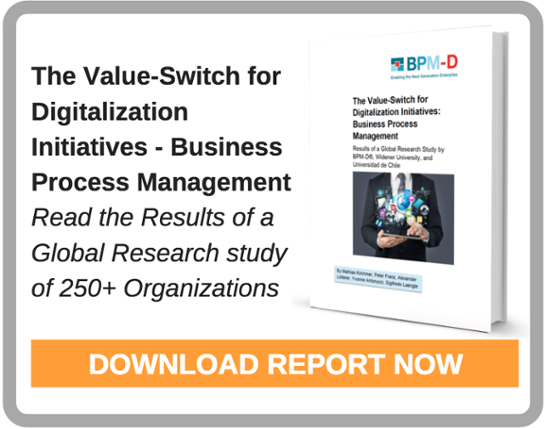
What are Risks related to Robotic Process Automation?
While all this sounds promising, the use of RPA creates also some risks, like basically every automation technology does. While RPA helps to do routine work faster and at a higher quality it also can make mistakes faster and with certainty. There is no human check before executing an action. Poor data quality or the insufficient definition of business rules can lead, for example, to the ordering of the wrong parts – fast and in big quantities. Or missed claim types can lead to significant rework in the claims handling, overcompensating the automation benefits. RPA requires detailed knowledge about the business process it is used in – otherwise expected performance improvements will not be realized.
The use of RPA may also just cover symptoms without correcting the real reasons for issues. RPA may, for example be used for the automated reconciliation of account differences. However, in the mid and long-term, it would be much more beneficial to correct the issues leading to those differences. Hence, RPA may hinder real progress.
RPA vendors stress that their tools are easy to implement and use – also for a business person. This may be right for simple straight forward applications. However, to achieve full potential of sophisticated RPA environments some expert know how is required for implementation and ongoing adjustment. This should be part of the process management capabilities of the organization, or RPA expectations may not be met or not met fully.
These potential risks can make RPA a dangerous illusion. However, those risks can be minimized by addressing RPA the right way.
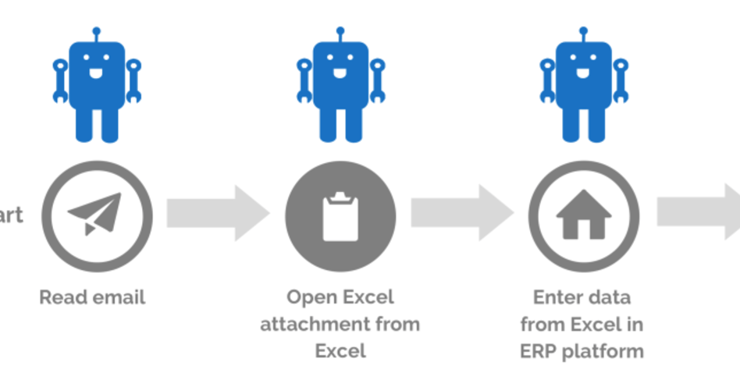
How can I reach my goals with RPA?
In general it is important to evaluate RPA in the context of your organization, its goals, challenges and process management capabilities. The use of a digital technology is never about the technology itself but about the relevant business impact. To have a clear idea about those goals and how they relate to your business processes and the potential value of RPA is a simple but important precondition for the successful use of RPA. You can segment your processes to identify where you get best value by improving their maturity level through RPA.
Once you have identified a process you want to improve using RPA, it is key to create the necessary transparency. In the relevant functions, the process needs to be understood “on field level” and required business rules based on this data have to be defined. Hence, formal process and rules or decision modelling play here a key role. Organizations can use their “process factory” or apply at least a simple but structured modelling approach. This allows us to “teach” RPA robots the best possible way and avoid the fast repetition of mistakes or rework. The model-based transparency ensures that you do not just fix symptoms where a different solution would deliver better and sustainable results.
A simple process management discipline supports the value-driven implementation and ongoing agile use of RPA. It needs to become part of a pragmatic “process of process management” that transfers strategy into execution, fast and at low risk. That means a basic process governance is required as well as a systematic implementation and value realization approach, in addition to the capabilities discussed before. Applying a simple and pragmatic process of process management realizes the expected value of RPA while minimizing the risks. The components of the process of process management especially important for a successful use of RPA are shown in figure 1.
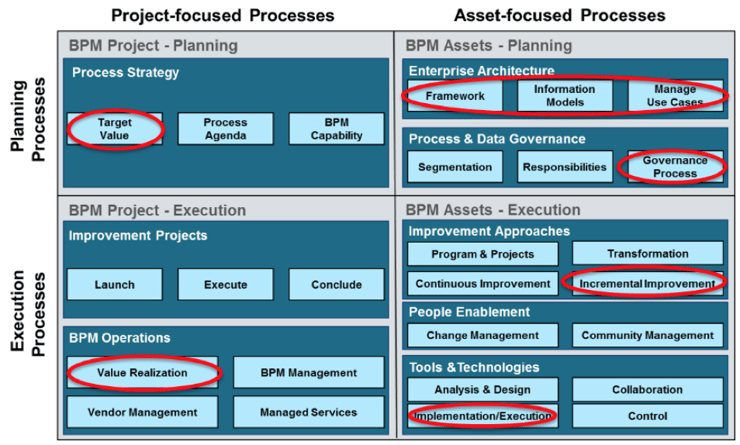
Figure 1: The Process of Process Management with Components especially important for RPA.
RPA is about to become a key component of a value-driven process management discipline. Applied in the right context it enables powerful and pragmatic solutions to selected process automation and integration challenges.
Culture Transformation in Operational Excellence
Proqis Digital Virtual Conference Series
View our schedule of industry leading free to attend virtual conferences. Each a premier gathering of industry thought leaders and experts sharing key solutions to current challenges.
View Schedule of Events

.png)
-1.png)

















































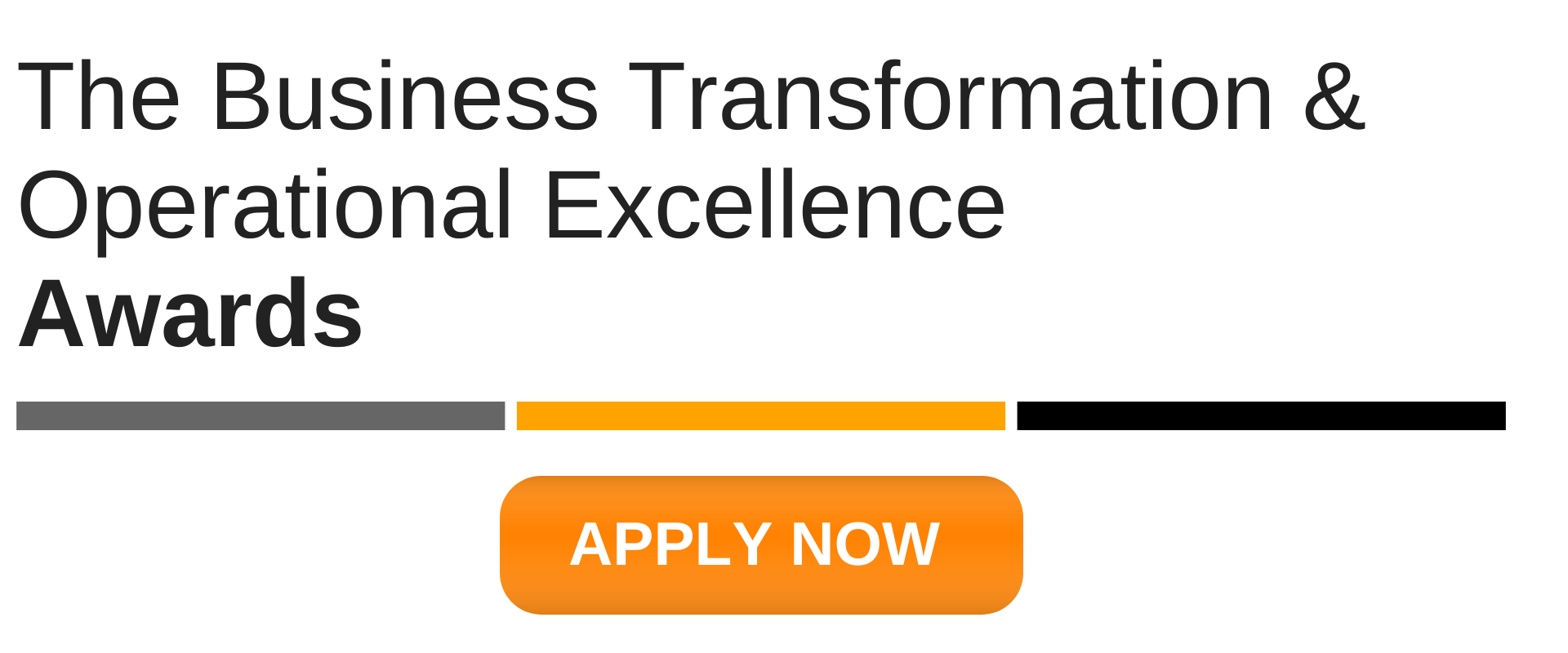

-2.png)
-2.png)
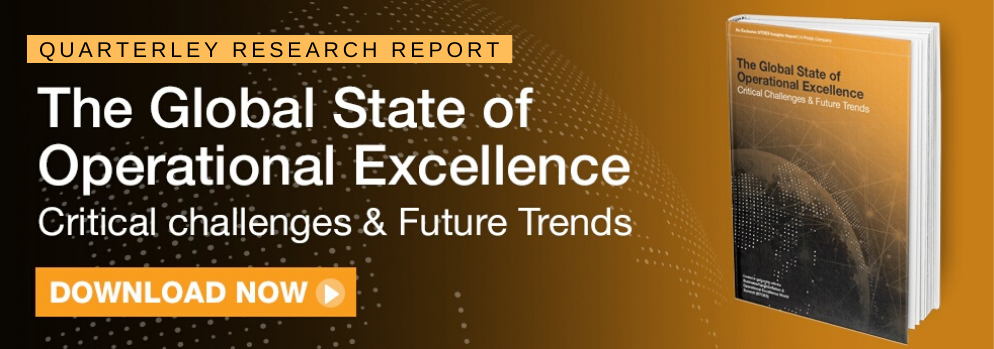






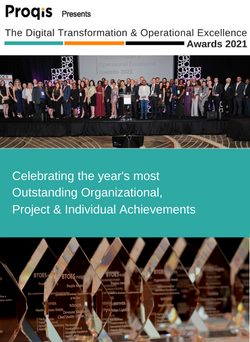


%20(1)%20(1).png?width=1410&name=Add%20a%20heading%20(8)%20(1)%20(1).png)





.png?width=300&height=300&name=LINKEDIN%20AWARDS%20GRAPHIC%20(1).png)
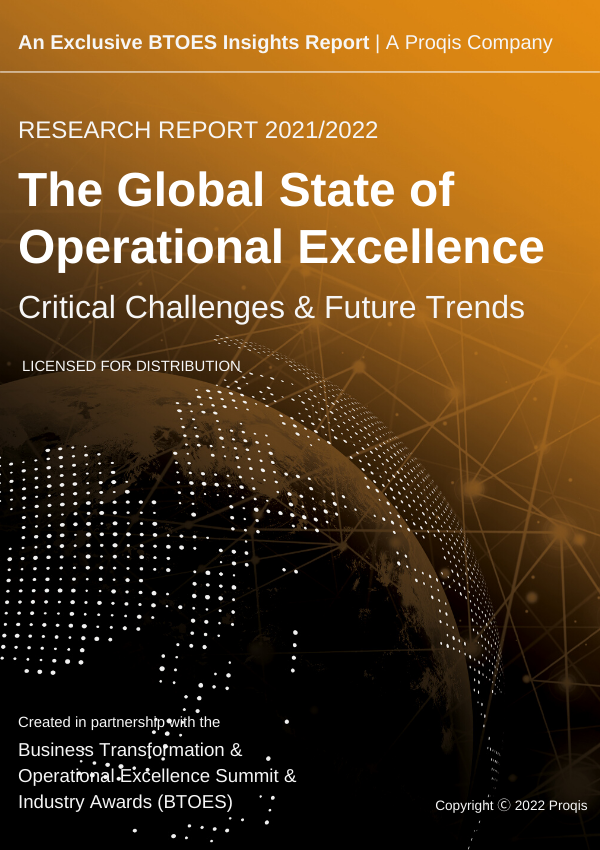






-1.png?width=300&name=ATTENDEE%20-%20Proqis%20Digital%20Event%20Graphics%20(2)-1.png)
-1.png?width=300&name=ATTENDEE%20-%20Proqis%20Digital%20Event%20Graphics%20(1)-1.png)
